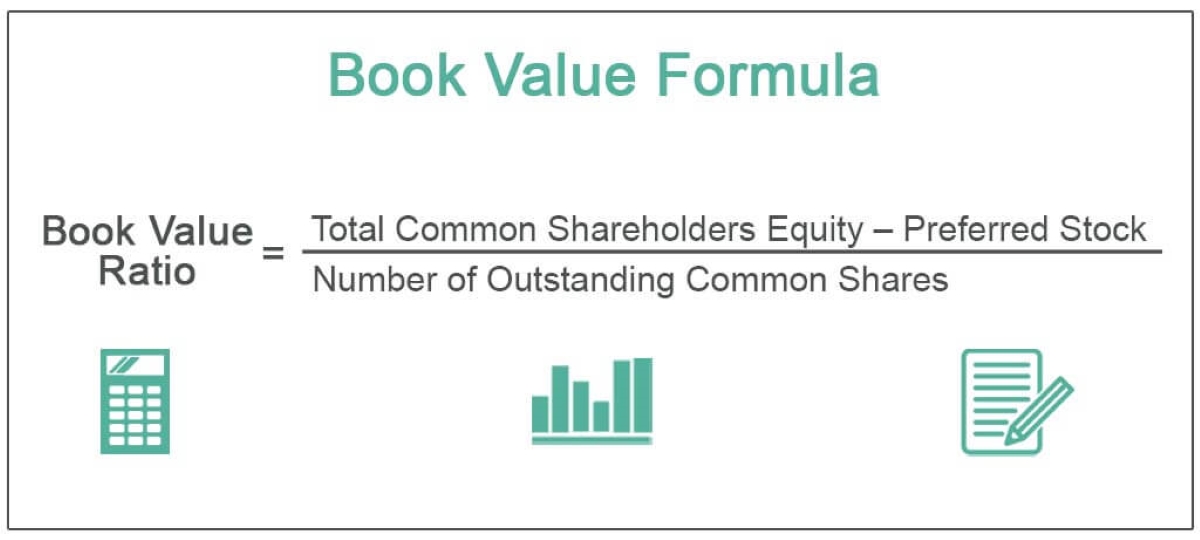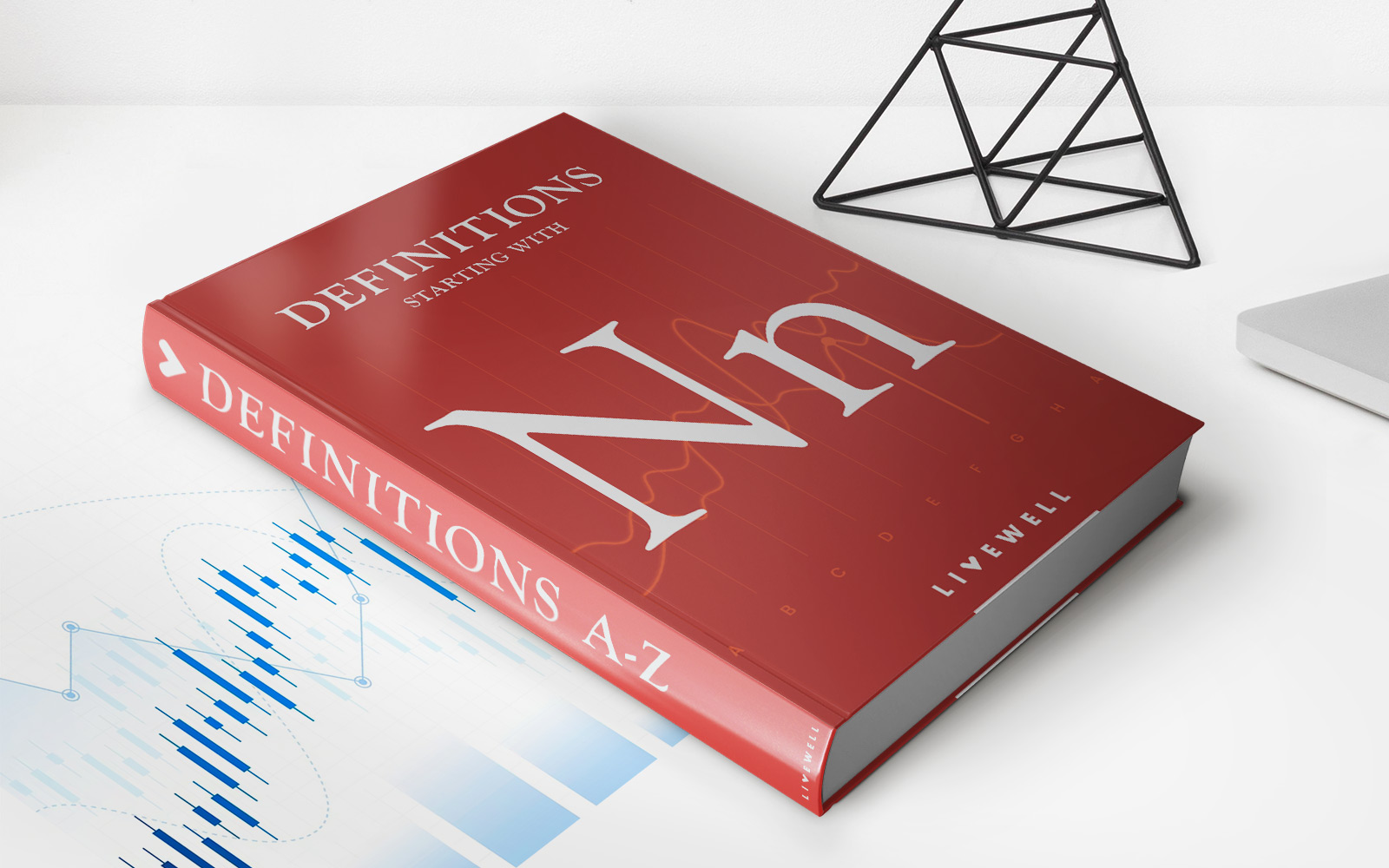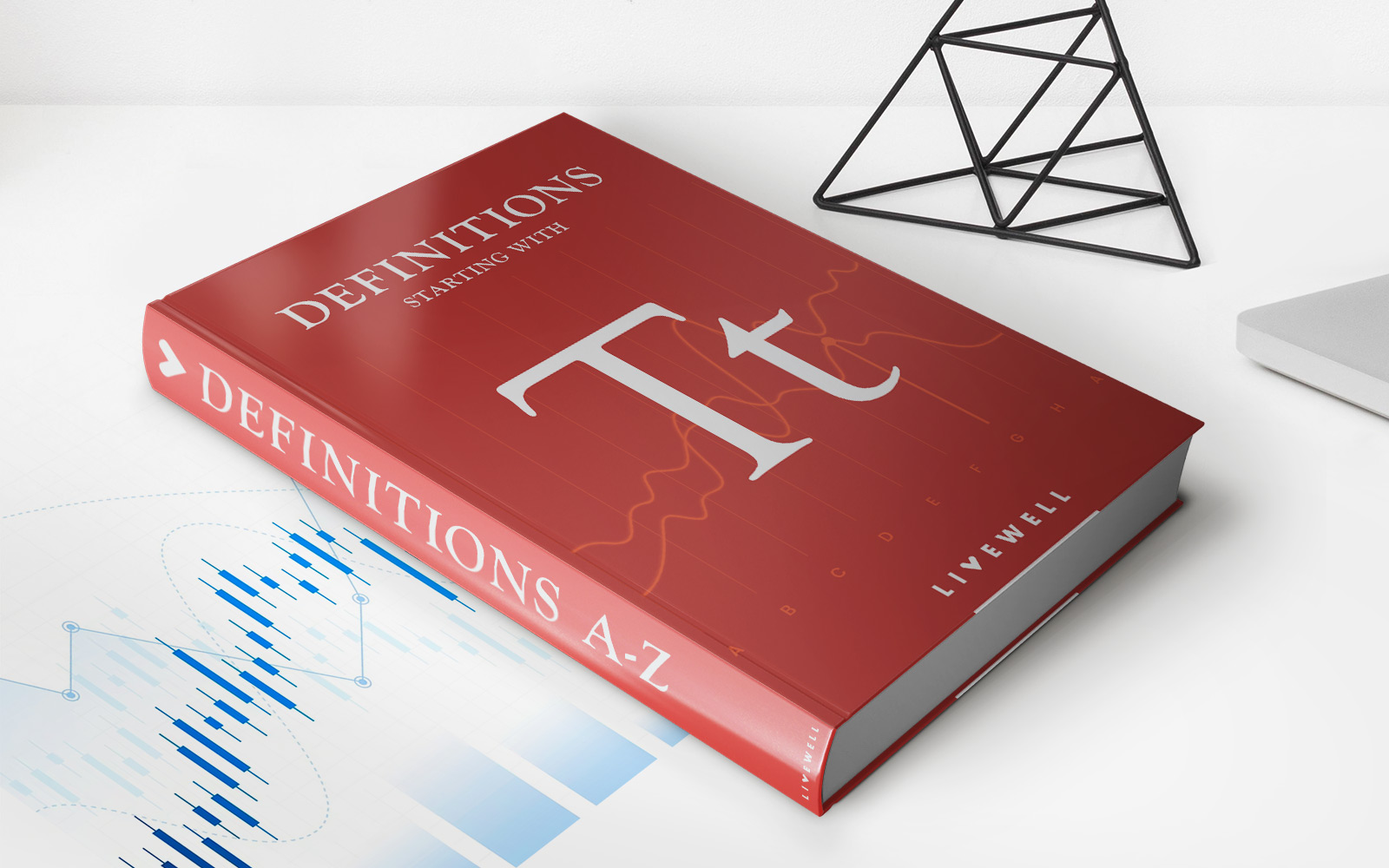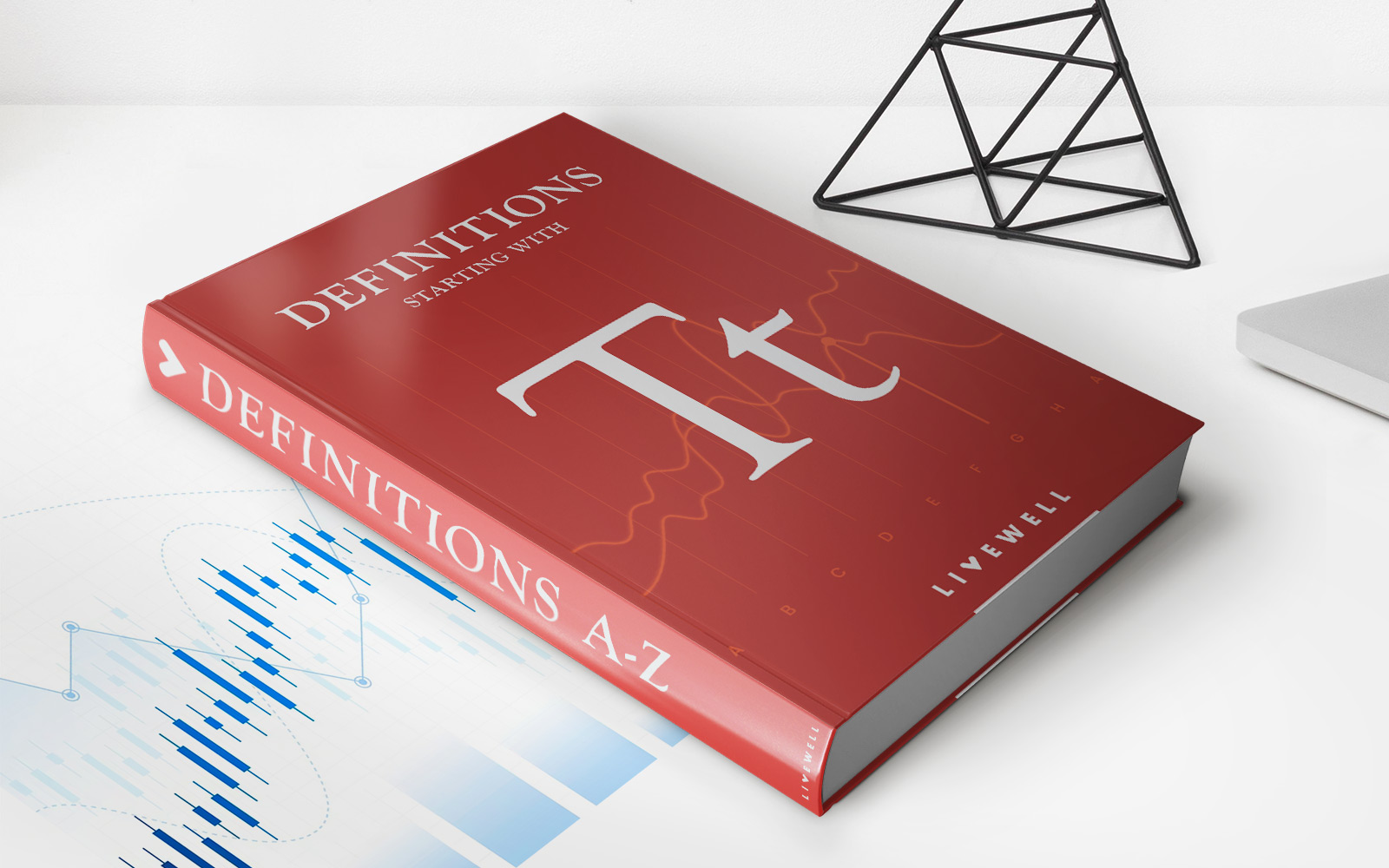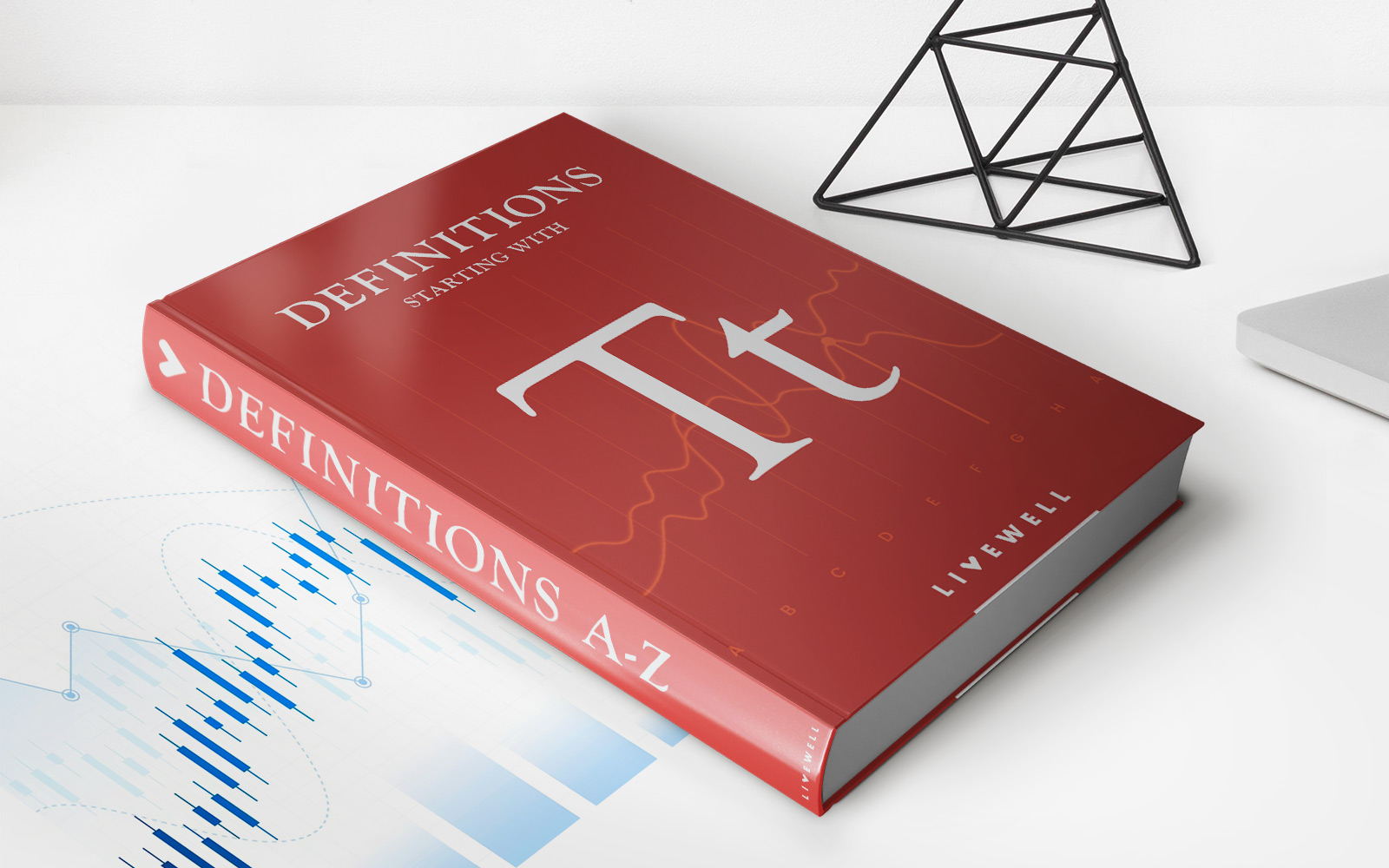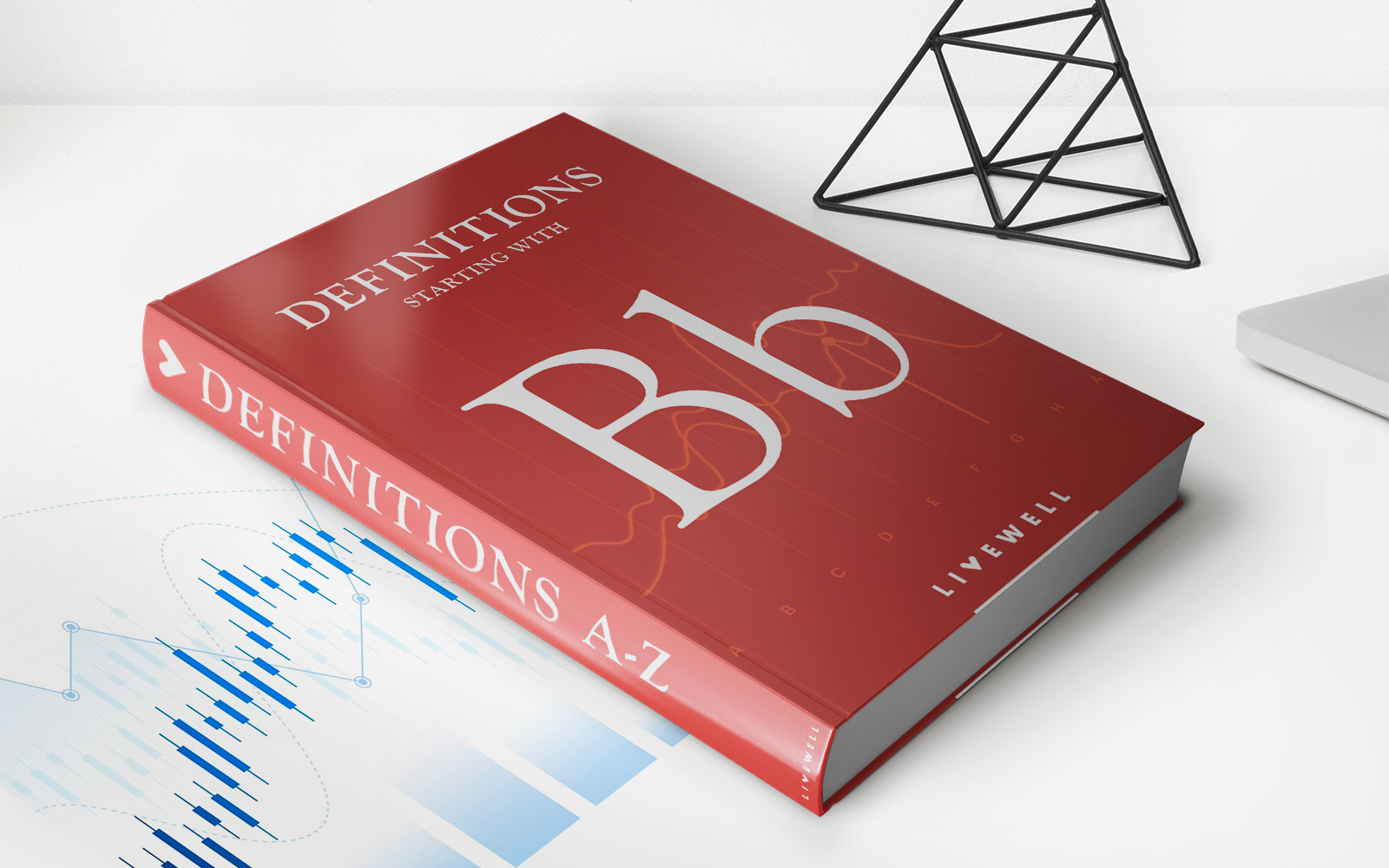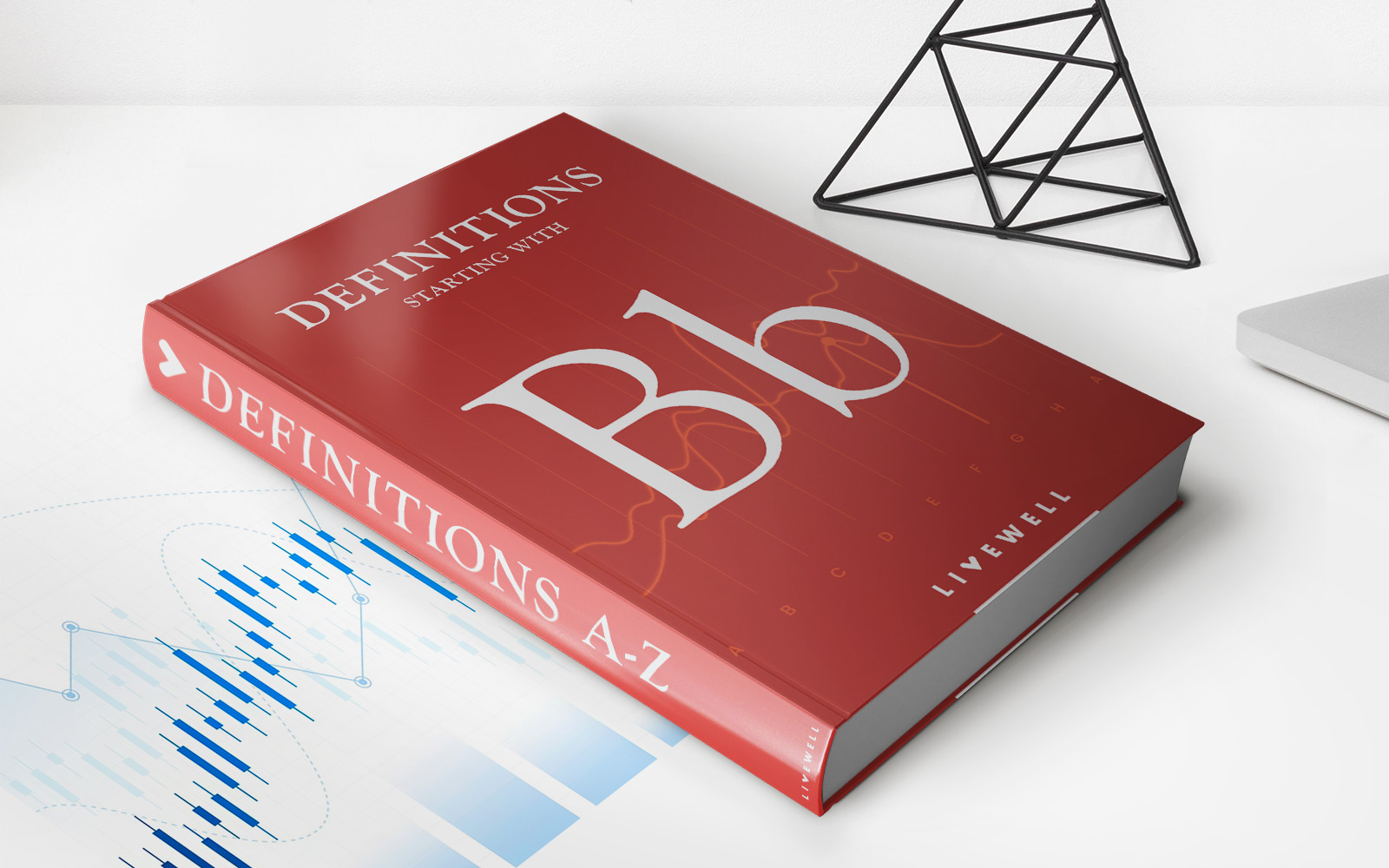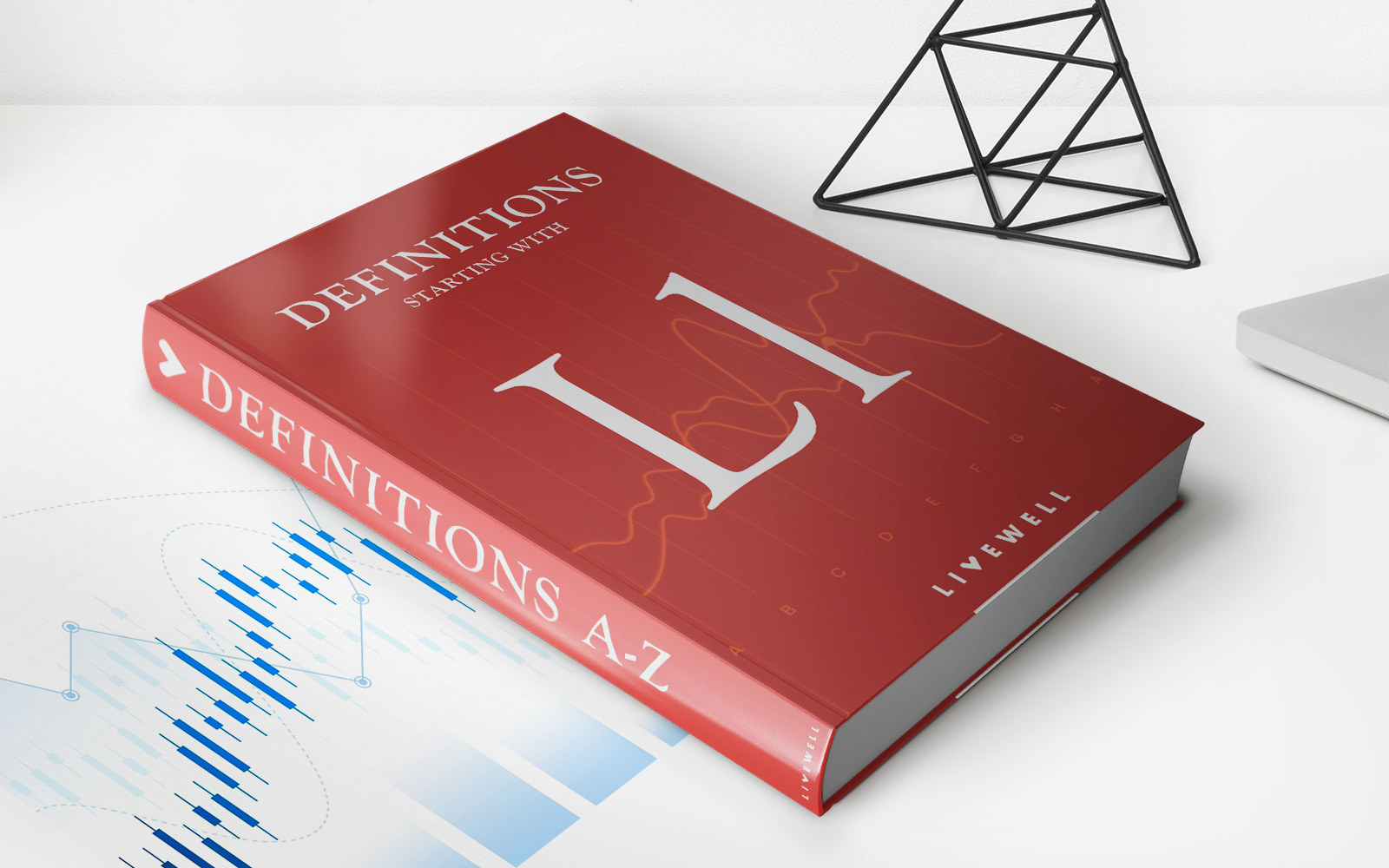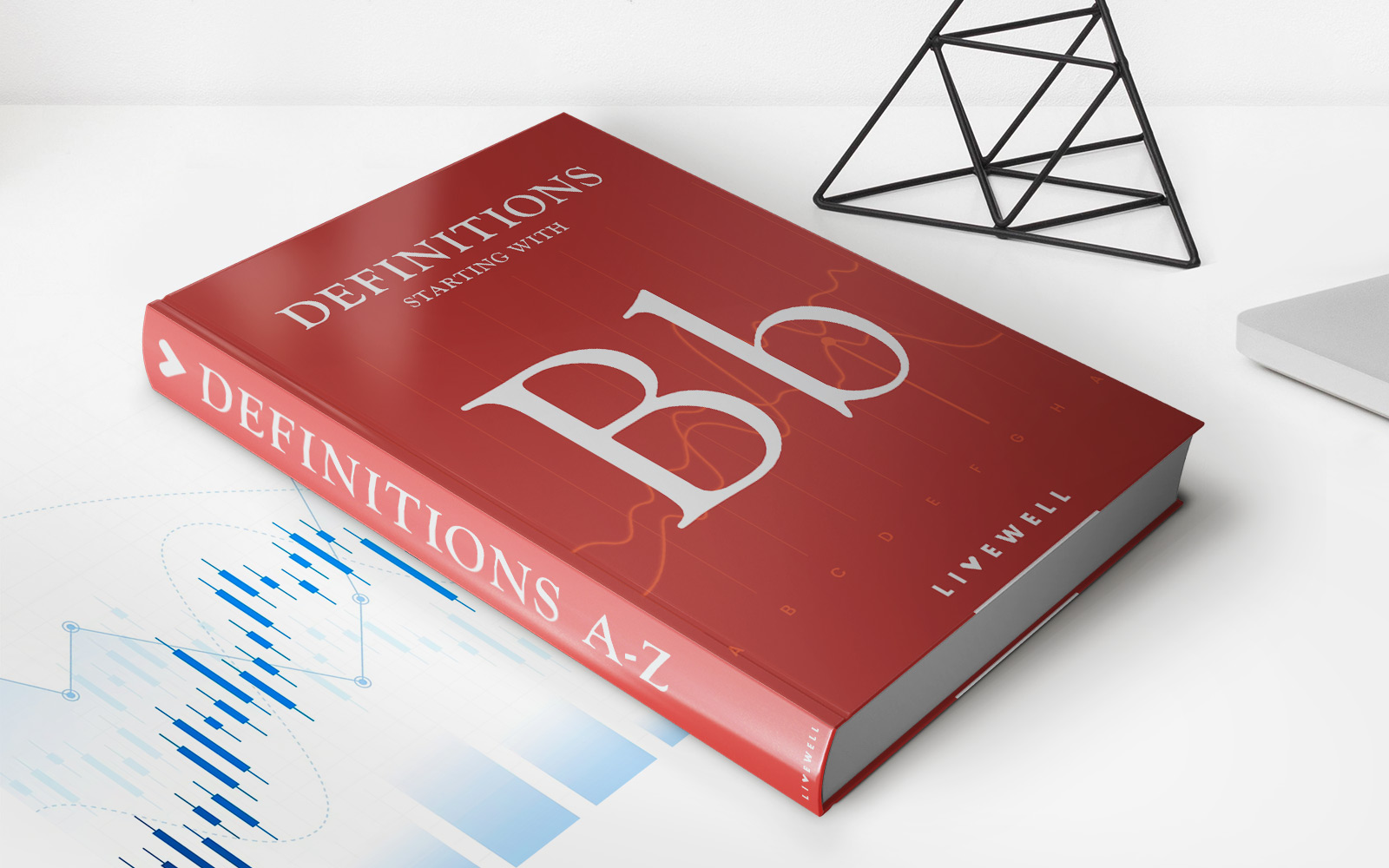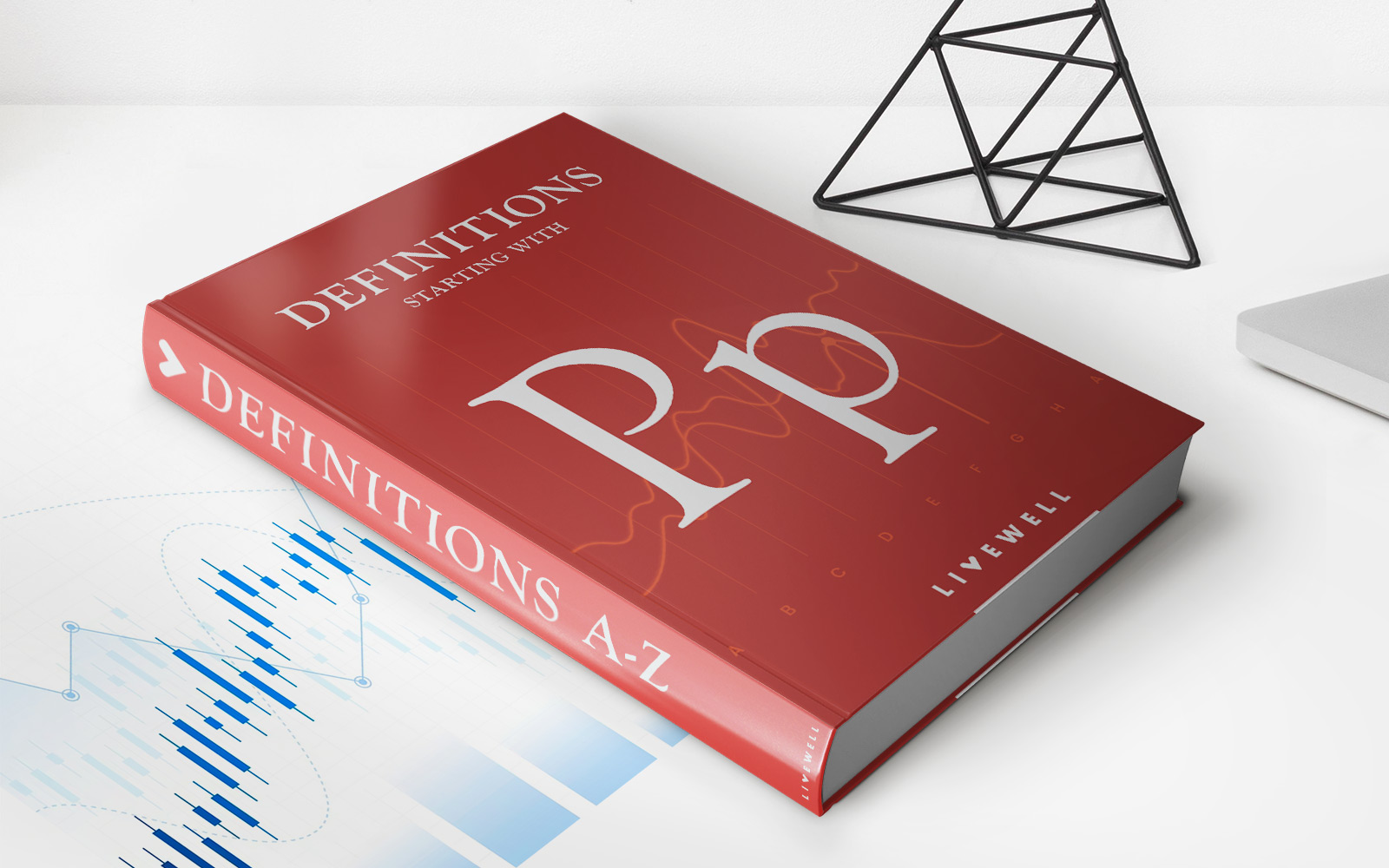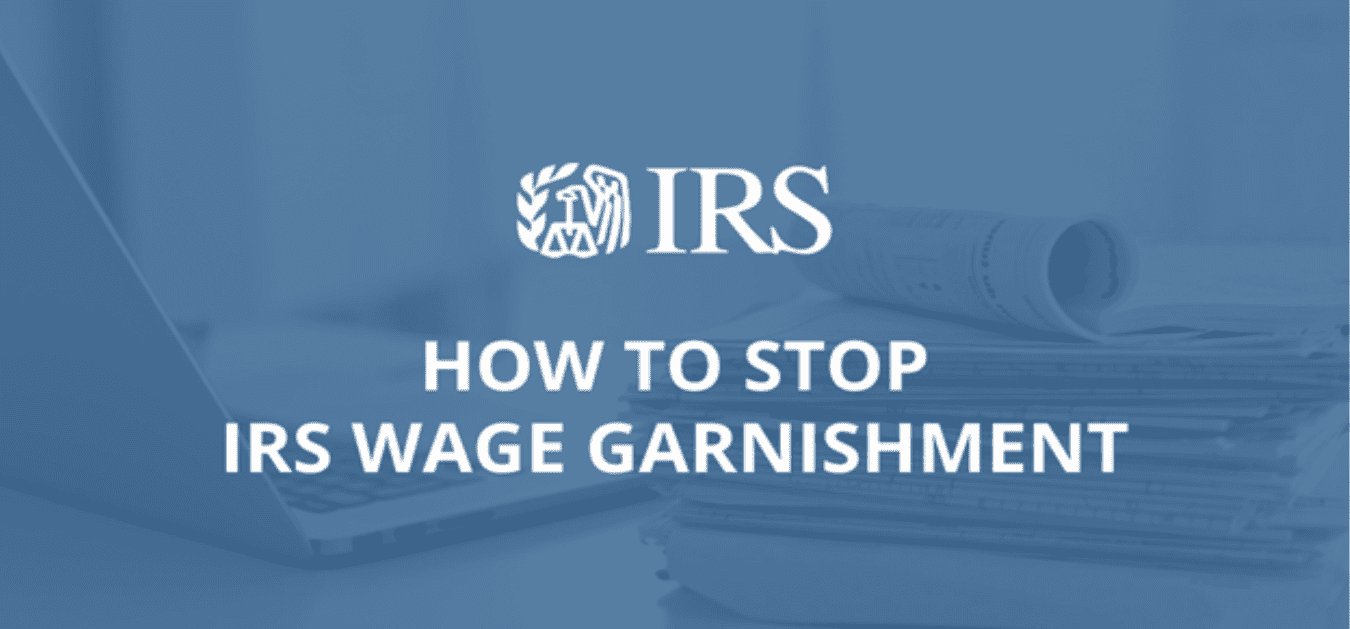Home>Finance>Price To Tangible Book Value (PTBV)? Definition And Calculation
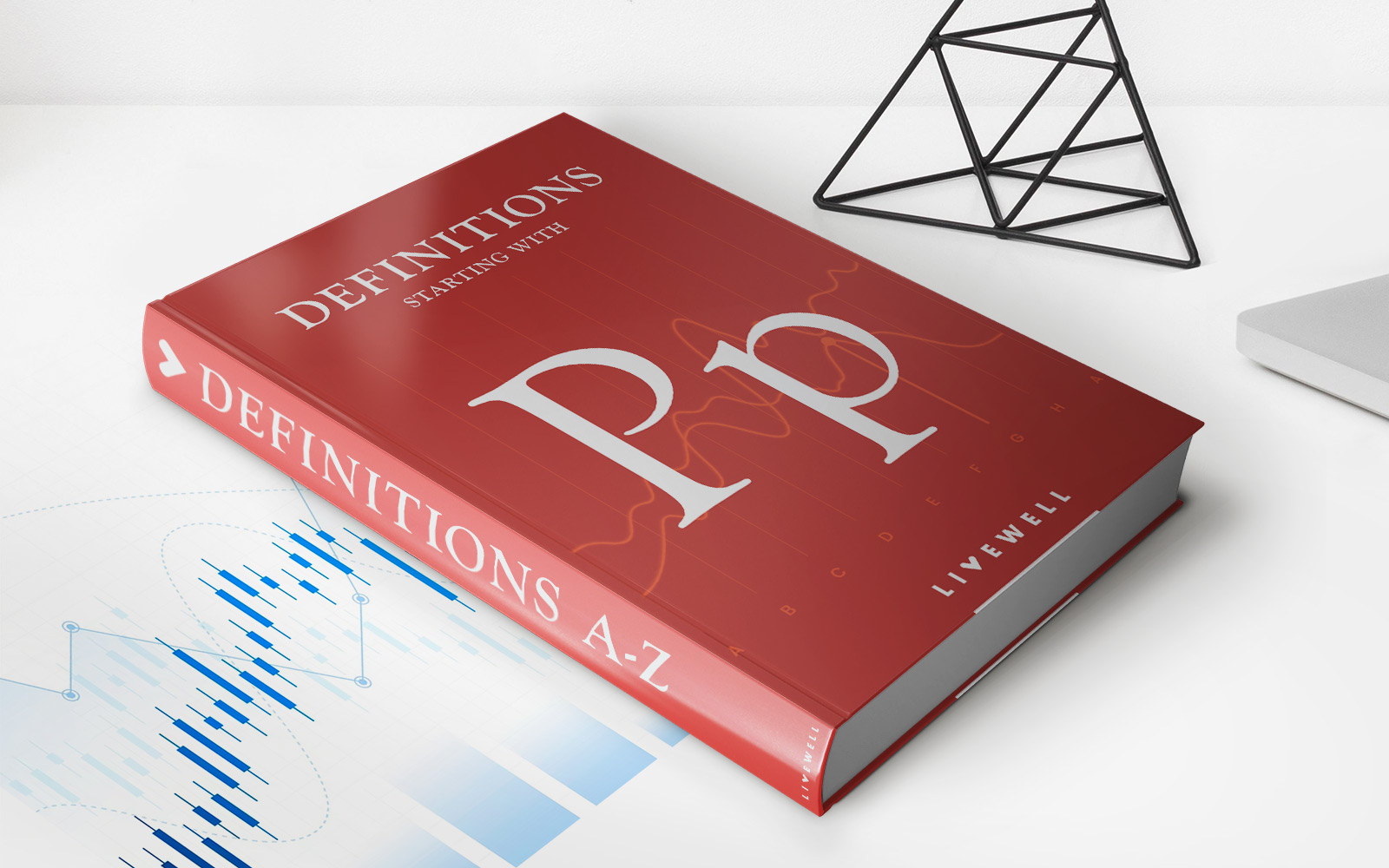

Finance
Price To Tangible Book Value (PTBV)? Definition And Calculation
Published: January 11, 2024
Learn the definition and calculation of the price to tangible book value (PTBV) in finance. Understand its significance for evaluating companies' financial health.
(Many of the links in this article redirect to a specific reviewed product. Your purchase of these products through affiliate links helps to generate commission for LiveWell, at no extra cost. Learn more)
Welcome to our Finance Blog – Understanding Price to Tangible Book Value (PTBV)
When it comes to analyzing financials, one of the key metrics that investors often use is the Price to Tangible Book Value (PTBV) ratio. This ratio provides valuable insights into the financial health and value of a company. In this blog post, we will delve into the definition and calculation of PTBV, and explore its significance in evaluating investment opportunities.
Key Takeaways:
- Price to Tangible Book Value (PTBV) is a financial metric used to determine the market price of a company relative to its tangible book value.
- PTBV ratio is calculated by dividing the market price per share by the tangible book value per share.
What is Price to Tangible Book Value (PTBV)?
Price to Tangible Book Value (PTBV) is a valuation ratio that measures the market price of a company relative to its tangible book value. It provides investors with a quick snapshot of whether a company’s stock is overvalued or undervalued.
To understand PTBV, let’s break down the components:
- Market Price – This is the current share price of the company as determined by the stock market.
- Tangible Book Value – It is the net worth of a company, excluding any intangible assets such as patents, trademarks, or goodwill. Tangible book value represents the value of a company’s physical assets.
How is PTBV Calculated?
The PTBV ratio is calculated by dividing the market price per share by the tangible book value per share:
PTBV Ratio = Market Price per Share / Tangible Book Value per Share
For example, if a company’s market price per share is $50 and its tangible book value per share is $25, the PTBV ratio would be 2 ($50 divided by $25).
Significance of PTBV
The PTBV ratio helps investors assess whether a stock is trading at a premium or a discount in relation to its tangible assets. A PTBV ratio below 1 indicates that the stock is trading at a discount, as the market price is lower than the tangible book value per share. Conversely, a PTBV ratio above 1 suggests that the stock is overvalued.
Here are the key takeaways when analyzing PTBV:
- A PTBV below 1 may indicate an undervalued stock, suggesting a potential buying opportunity.
- A PTBV above 1 may indicate an overvalued stock, suggesting that caution should be exercised before making an investment decision.
Conclusion
In conclusion, understanding the Price to Tangible Book Value (PTBV) ratio can be a valuable tool for investors. It provides insights into how the market is valuing a company’s tangible assets and can assist in making informed investment decisions.
By calculating and analyzing the PTBV ratio, investors can gauge whether a stock is undervalued or overvalued, helping them identify potential opportunities and mitigate risks in the ever-changing world of finance.
